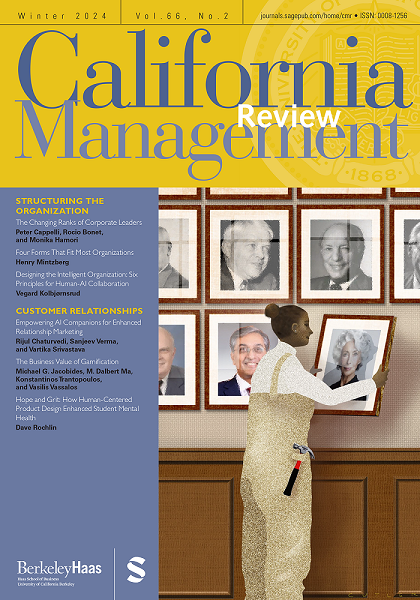论管理透明度的复杂性
IF 7.3
2区 管理学
Q1 BUSINESS
引用次数: 2
摘要
公司透明度是一个非常难以实现的理想,因为组织永远不可能完全透明。因此,对透明度的有效管理要求管理者仔细平衡透明度与保密的需要。本文描述了透明度的复杂本质,并展示了平衡透明度与保密性的尝试是如何导致三种不同的透明度——合理化的、仪式性的和去语境化的。有效的透明度管理要求管理者避免简单地倾销信息,战略性地使用新技术,创造性地吸引受众,避免过度承诺和交付不足,并仔细关注如何衡量透明度。本文章由计算机程序翻译,如有差异,请以英文原文为准。
On the Complexity of Managing Transparency
Corporate transparency is an aspirational ideal that is very difficult to achieve because organizations can never be completely transparent. As a result, effective management of transparency requires managers to carefully balance transparency with the need for secrecy. This article describes the complex nature of transparency and demonstrates how attempts to balance transparency with secrecy result in three different kinds of transparency—rationalized, ceremonial, and decontextualized. Effective transparency management requires managers to avoid simply dumping information, use new technology strategically, engage their audiences creatively, avoid overpromising and underdelivering, and attend carefully to how transparency is measured.
求助全文
通过发布文献求助,成功后即可免费获取论文全文。
去求助
来源期刊

California Management Review
Multiple-
CiteScore
18.40
自引率
3.00%
发文量
23
期刊介绍:
California Management Review (CMR) serves as a vital link between academia and management practice, offering leading-edge research with practical applications. Edited at UC Berkeley’s Haas School of Business, CMR covers a wide range of management topics, including innovation, strategy, sustainable practices, and human resources. CMR ranks among the top management journals globally, distributing articles through outlets like Harvard Business School Publishing and SAGE Publishing. Focused on bridging academia and practice, CMR ensures that all articles are based on rigorous academic research while providing actionable insights for managers. In addition to regular issues, CMR publishes special issues and sections on relevant topics, often guest-edited by leading faculty. Recent special issues have covered dynamic capabilities, city innovation, big data, and intellectual property management.
 求助内容:
求助内容: 应助结果提醒方式:
应助结果提醒方式:


